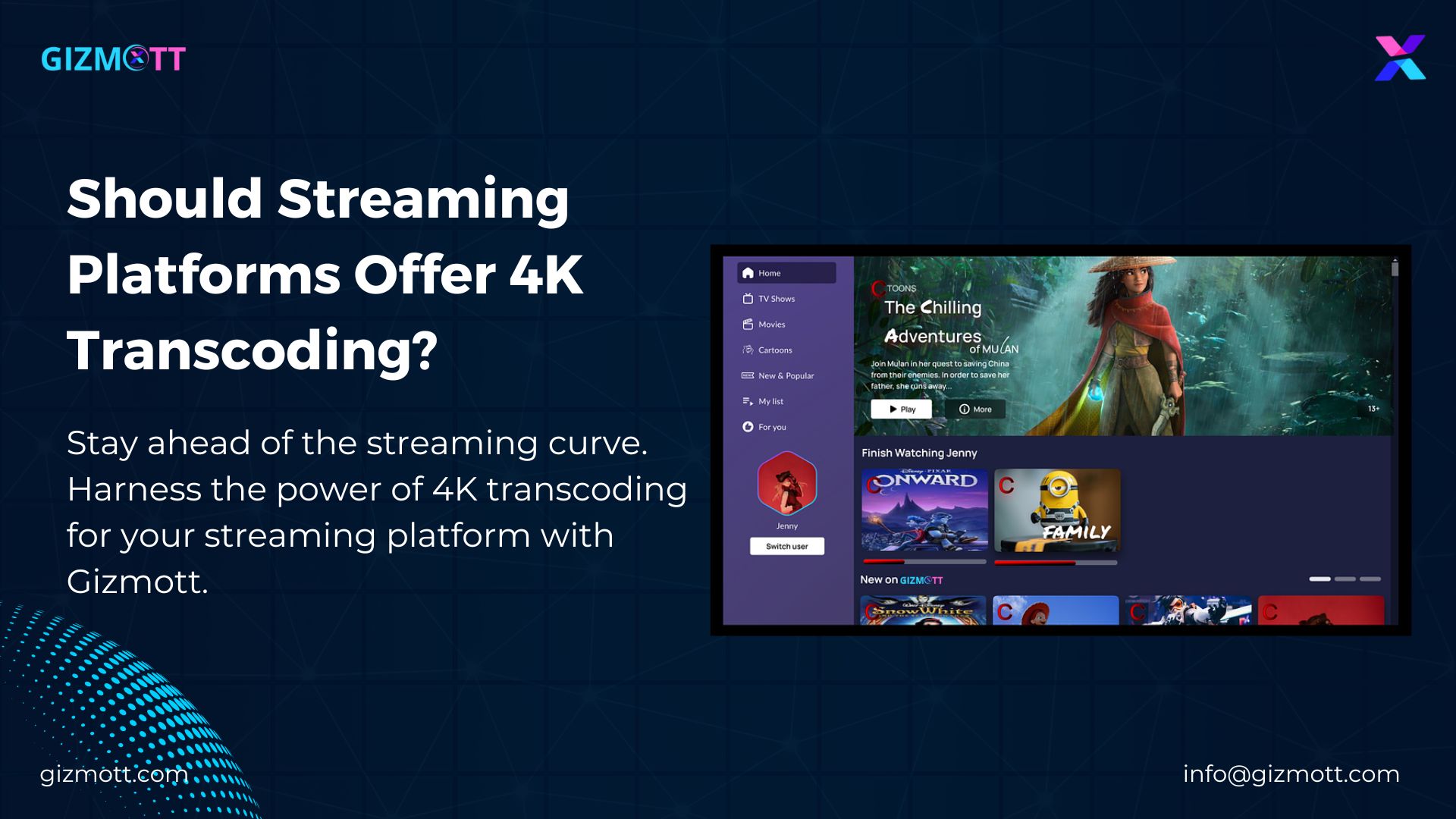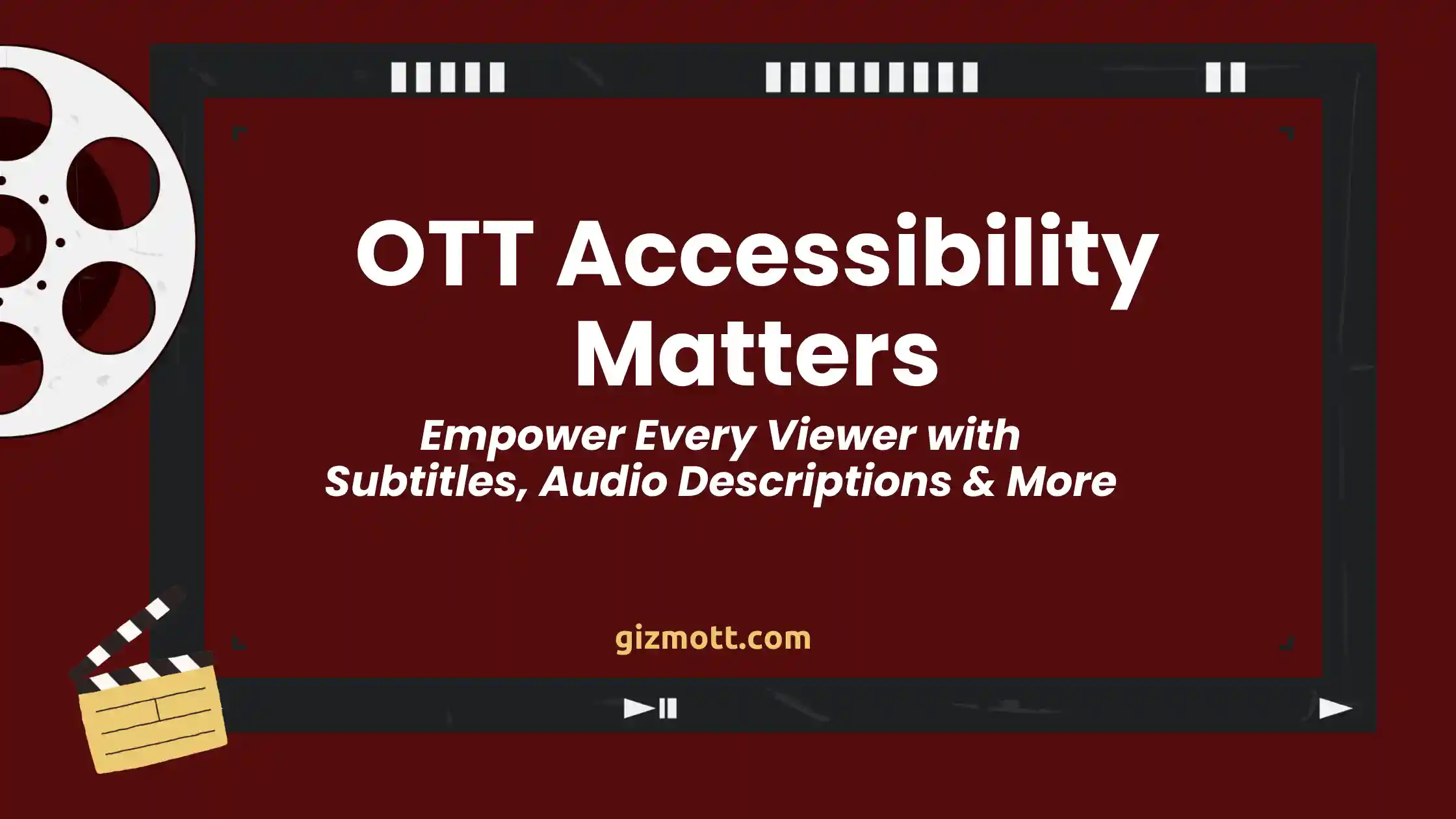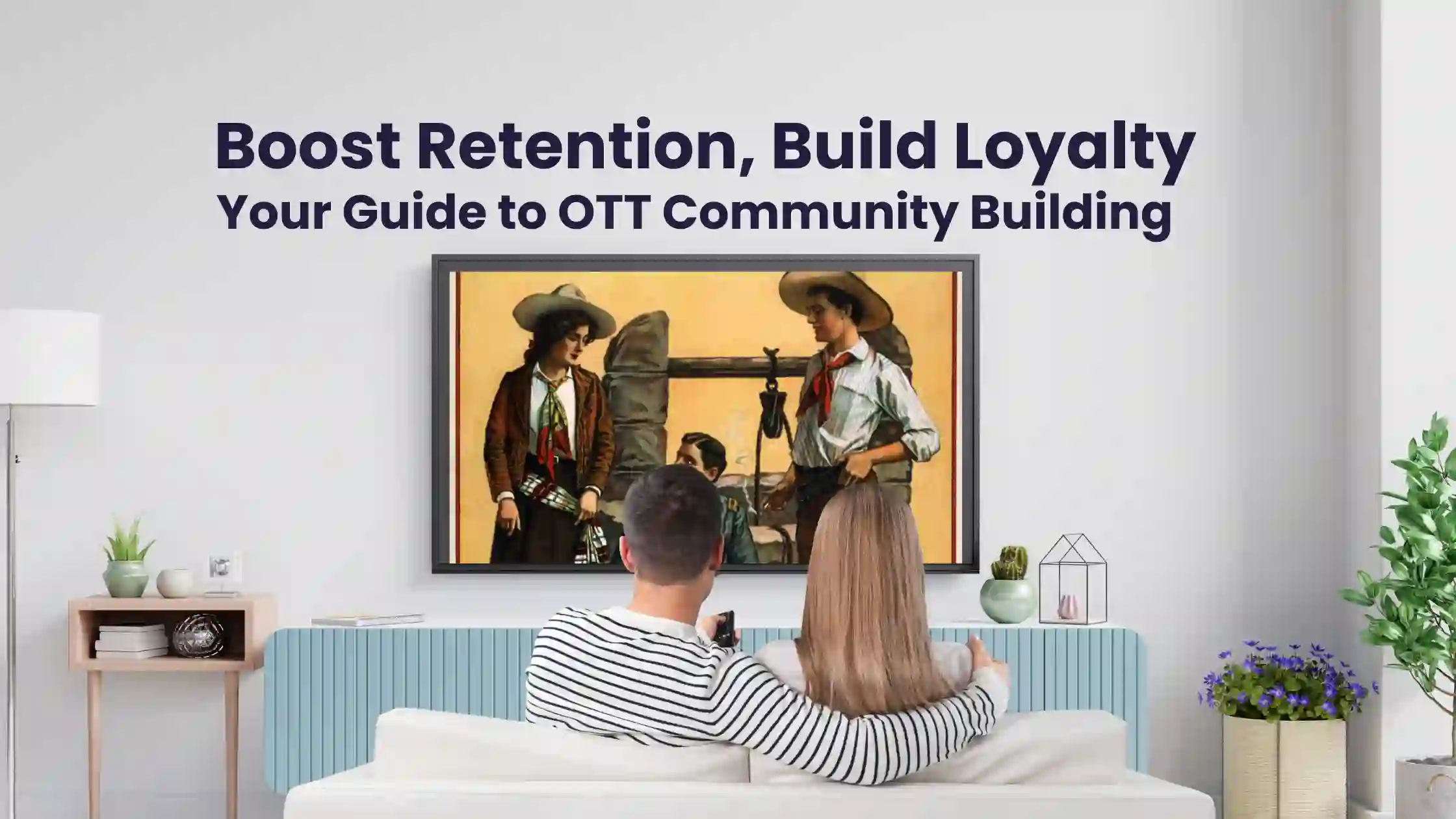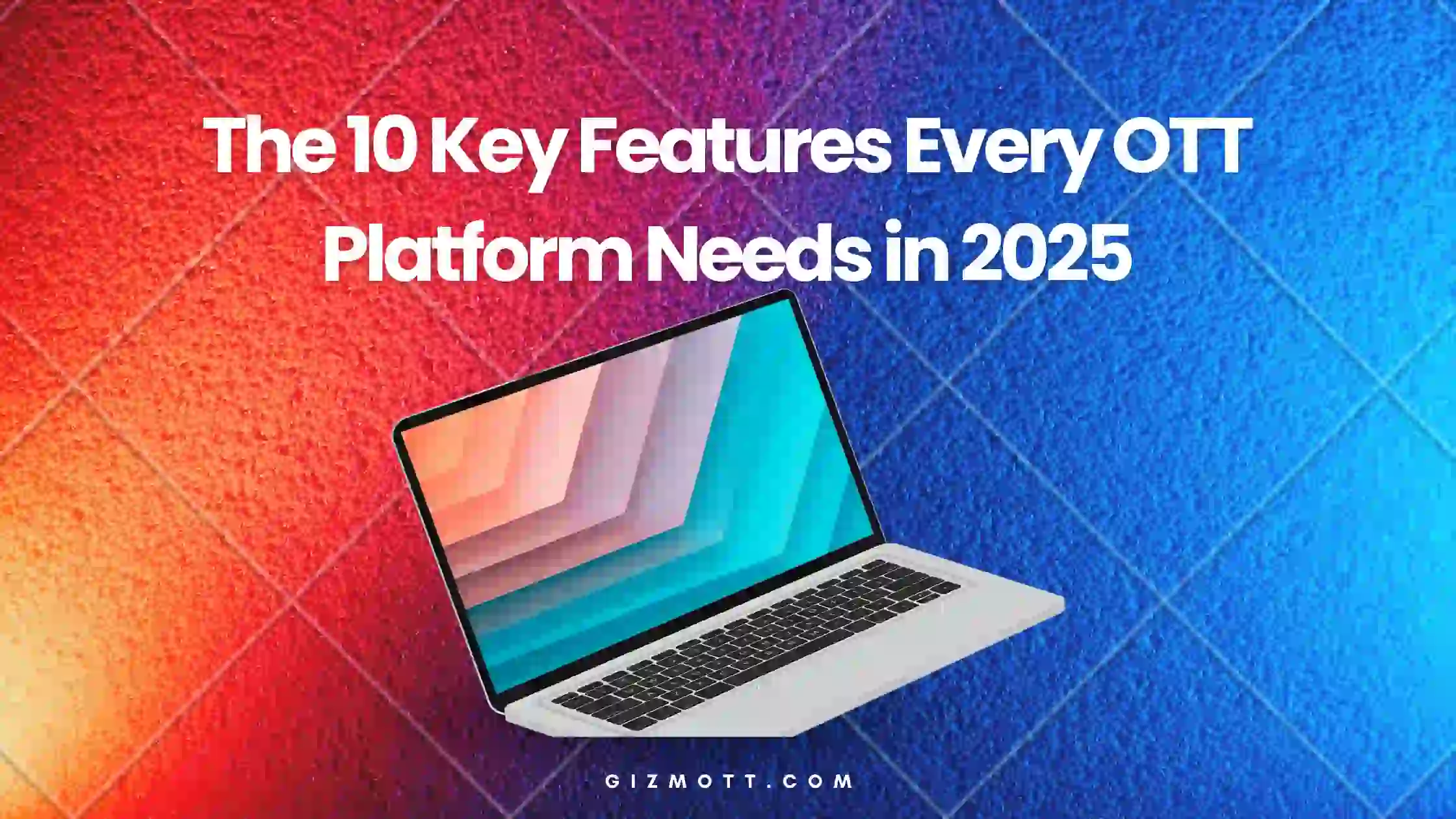In the fast-paced world of streaming, where content is king, users expect nothing less than a flawless viewing experience. As 4K content becomes increasingly popular, streaming platforms face a critical question: should they offer 4K transcoding? In this blog, we’ll delve into the intricacies of 4K transcoding and explore whether it’s truly a necessity for streaming platforms.
Understanding 4K Transcoding
To start, let’s clarify what 4K transcoding entails. Transcoding, in general, is the process of converting media files from one format to another. In the context of streaming, it involves altering the quality and format of video content to match the viewer’s device and internet connection speed.
4K transcoding specifically addresses the challenges posed by ultra-high-definition (UHD) or 4K content. 4K video contains four times the number of pixels as standard high-definition (HD) video, resulting in breathtaking clarity and detail. However, this high resolution comes at a cost: it demands substantially more bandwidth and processing power.
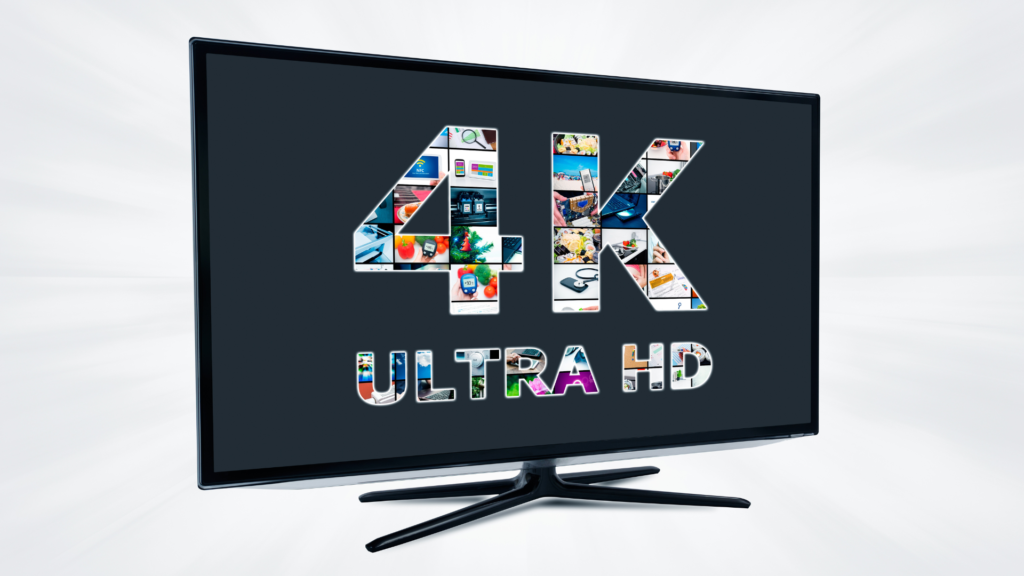
The Case for 4K Transcoding
One of the primary arguments in favor of 4K transcoding is accessibility. Not all viewers have the requisite internet speeds or compatible devices to stream 4K content seamlessly. By offering transcoding, streaming platforms can cater to a wider audience, ensuring that everyone, regardless of their hardware or internet connection, can enjoy their content.
Internet speeds can be inconsistent. Transcoding allows for real-time adjustments in video quality, preventing buffering issues when a viewer’s connection speed fluctuates. It guarantees a smoother viewing experience, which is vital for retaining subscribers.
4K content may not be supported on all devices. Transcoding can convert the 4K video into formats that are suitable for various devices, ensuring viewers can watch content on smartphones, tablets, smart TVs, and more.
Streaming 4K content can be data-intensive. Transcoding can lower the bitrate while maintaining acceptable quality, reducing the strain on both the viewer’s internet connection and the streaming platform’s servers. This can lead to cost savings for both parties.
Ultimately, it’s about enhancing the user experience. Offering 4K transcoding demonstrates a commitment to customer satisfaction. Viewers are more likely to stay loyal to platforms that prioritize their needs and preferences.
Why Do Streaming Platforms Use 4K Transcoding?
Streaming platforms use 4K transcoding for two main reasons: to reach more viewers with different devices and network conditions, and to provide adaptive bitrate streaming (ABR) or similar methods that allow viewers to choose the best quality for their device and bandwidth.
By transcoding 4K video into multiple lower-resolution formats, such as 1080p, 720p, or even 480p, streaming platforms can offer compatibility across various devices and internet speeds. Without transcoding, a viewer using a device or an internet connection incompatible with the video’s original format would be unable to view the content.
Additionally, transcoding allows streaming platforms to provide a consistent viewing experience across different devices and internet speeds by converting videos into other formats and resolutions.
ABR is a technology that dynamically adjusts the quality of a video stream based on the viewer’s bandwidth and device capabilities. ABR requires multiple versions of a video file at different bitrates and resolutions, which are then delivered by a content delivery network (CDN) based on the viewer’s geographic location.
ABR ensures that viewers can enjoy a smooth and uninterrupted streaming experience without buffering or stuttering issues. ABR would not be possible without video transcoding.
Should Streaming Platforms Offer 4K Transcoding?
The answer to this question depends on several factors, such as the type and quality of the content, the target audience and devices, the available resources and infrastructure, and the trade-offs between quality and efficiency. Streaming platforms should weigh the pros and cons of 4K transcoding carefully before deciding whether to offer it as an option for their users.
Some possible scenarios where streaming platforms may want to offer 4K transcoding are:
Why choose Gizmott for your 4K Streaming?
If you are looking for a reliable and affordable way to stream 4K content on your devices, you might want to check out Gizmott. Gizmott is a streaming platform that offers high-quality 4K videos in various genres, such as movies, TV shows, documentaries, sports, and more.
Gizmott also has some unique features that make it stand out from other streaming platforms. Here are some reasons why you should choose Gizmott for your 4K streaming needs.
Gizmott uses advanced transcoding solutions to convert your 4K video into multiple lower-resolution formats, such as 1080p, 720p, or even 480p.
Gizmott helps you create an immersive and engaging experience for your viewers by offering features such as watch parties, odds and statistic feeds, virtual photo booths, chat, gamification and loyalty programs.
Gizmott saves you storage space and bandwidth costs by transcoding your 4K video into smaller formats. 4K video files are typically very large, as they contain four times more pixels than 1080p video files.
Gizmott preserves the quality and color range of your 4K video while transcoding it into lower-resolution formats. This way, you can deliver stunning HDR content to your viewers without compromising on quality or color range.
So, should streaming platforms offer 4K transcoding? The answer is not simple. On one hand, 4K transcoding can enhance the streaming experience for both streamers and viewers by providing higher quality and more options.
On the other hand, 4K transcoding can increase the costs and complexity for both streaming platforms and users by requiring more resources and infrastructure.
In conclusion, 4K transcoding is not a necessity for streaming platforms, but rather a strategic choice that depends on various factors. Streaming platforms should carefully assess these factors before making a decision that suits their goals and resources.
